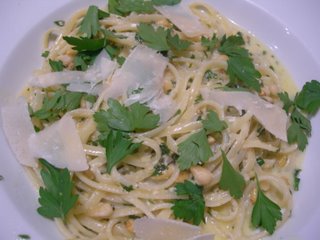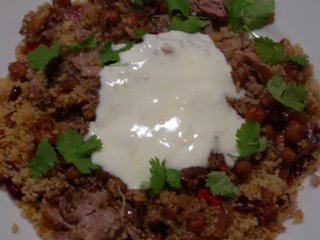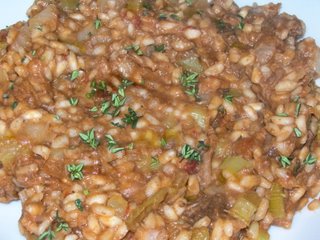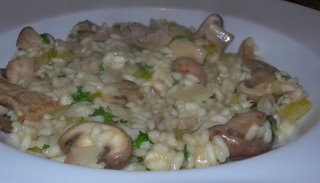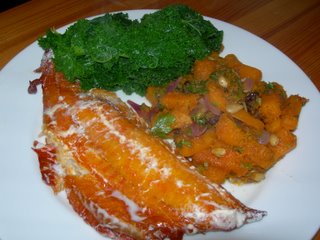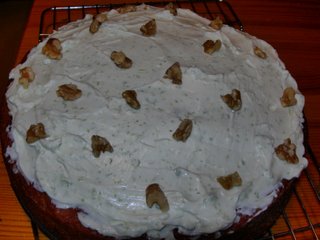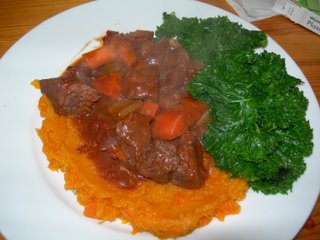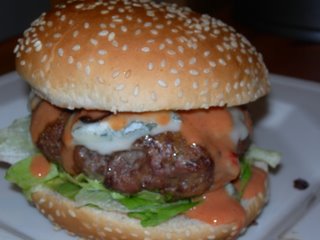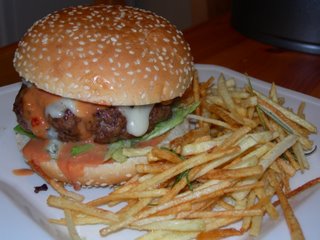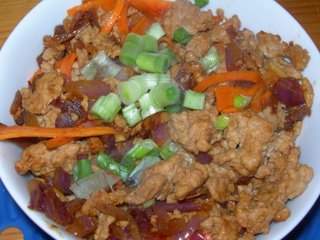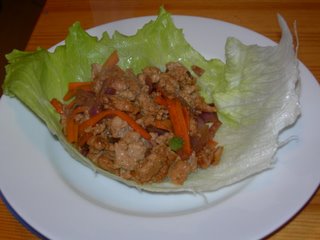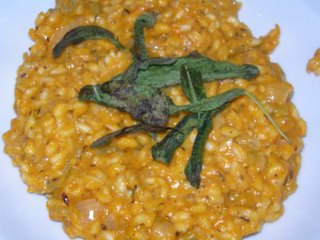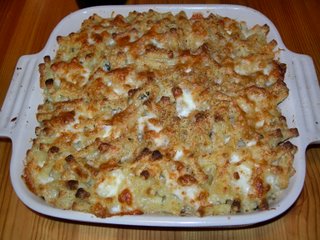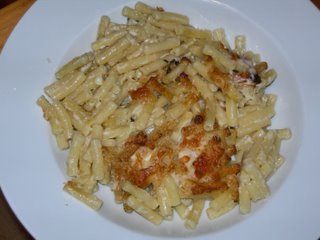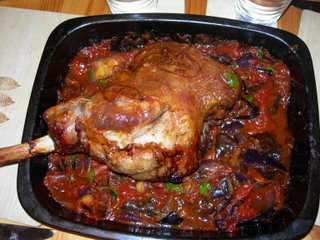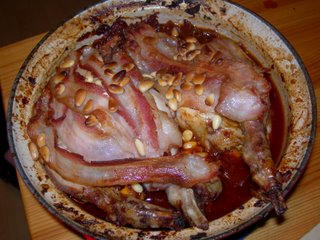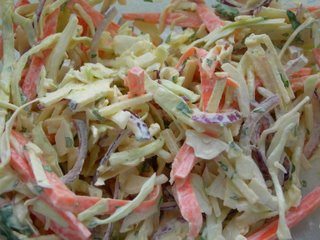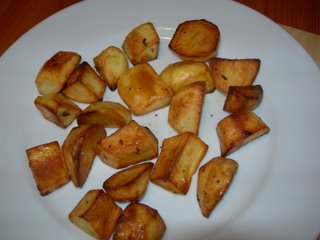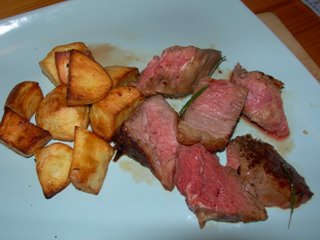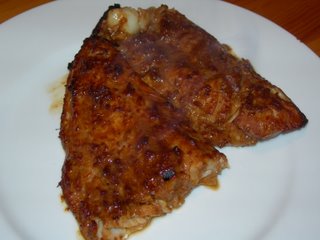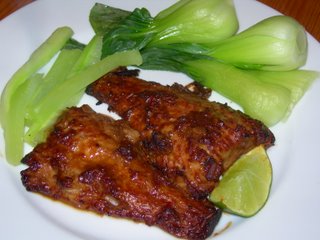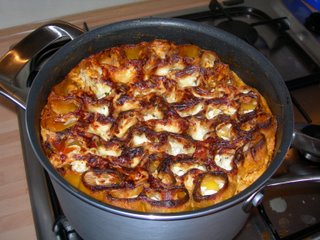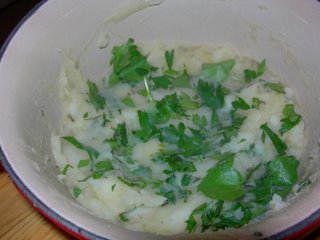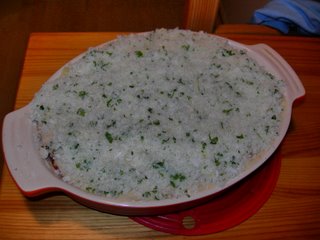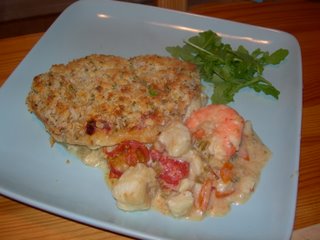I don't need to make myself eat chocolate though - on the contrary. I have already raved about chocolate and I don't need to repeat myself ad nauseum; suffice it to say that there is always chocolate in the house, always dark, and usually Green and Blacks or Cote d'Or. It is unsurprising that Fifteen chocolate tart attracted me immediately when I opened the book. The problem was a) I didnt have a large enough tin and b) OK, I'll admit it -I was scared of making chocolate pastry. I have made pastry before, but I usually make shortcrust; sweet short crust is somewhat scarier already and as for a chocolatey version... Still, I didn't let the tin size deter me - I just used my smaller tin and didn't use all the pastry and made less filling - and I decided to forget the possibility of disaster and just make the tart, no-fuss.
Pastry: to make the pastry, I mixed unsalted butter, sugar and a pinch of salt, then folded in flour, orange zest (this is optional but I love the choc-orange combo and couldn't resist), eggs and cocoa powder, worked it into a dough, wrapped it in cling film and refrigerated it for an hour. I then rolled it out and lined the tin, leaving it in the freezer for half an hour.
While I blind baked the pastry for 12-15 minutes, I made the filling. I brought milk, cream and sugar to the boil, stirring gently, took the mixture off the heat and added broken-up dark chocolate, whisking till smooth, then 2 eggs, and whisked again. I filled the pastry case and baked for 15 minutes, at which point the filling was still a bit wobbly. I obeyed Jamie's instruction not to overcook it and ignored the wobble - it firmed beautifully as it cooled down.

You can see from the above pic that my tart is a bit rustic-looking (home-made, one might say). That is probably because I didn't line the tin particularly fussily - I could have done, but I was in something of a hurry because I needed to make the tart to use the oven for something else. Anyway here is a piece:

I can hardly begin to describe how good this tart is. The orange really comes through in the chocolate pastry and makes it oddly refreshing as well as chocolatey - the pastry is delicious indeed. The filling is a sort of tart version of ganache and thus is unsurprisingly gorgeous. I would say that this tart is pretty rich; Jamie suggests serving it with creme fraiche but I only had natural yoghurt and it was a magic combination. This is an absolutely divine tart and everyone should try it.


